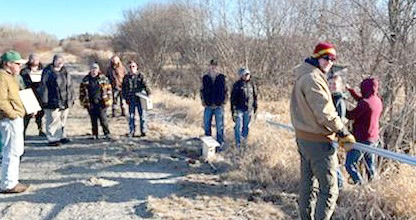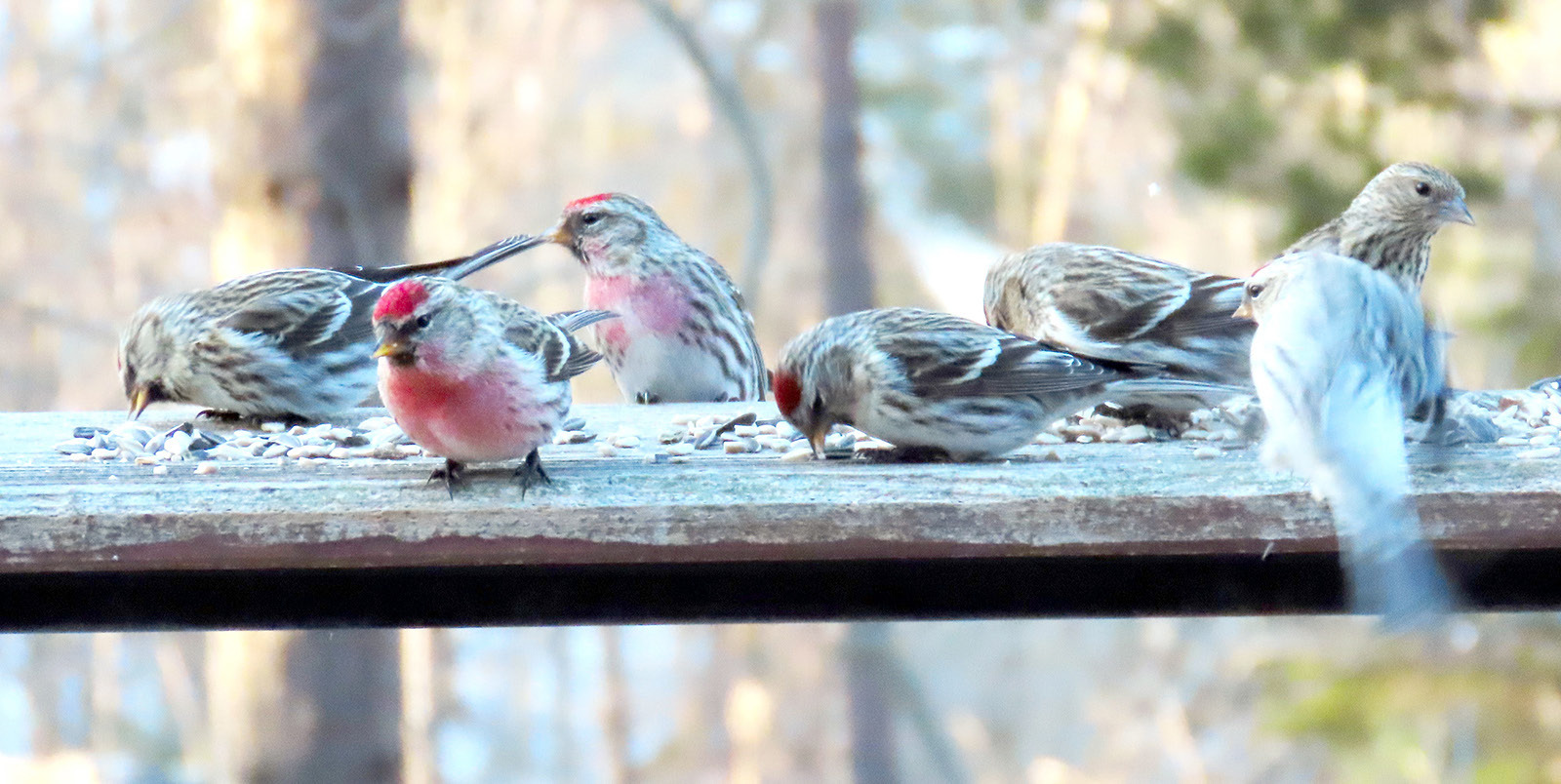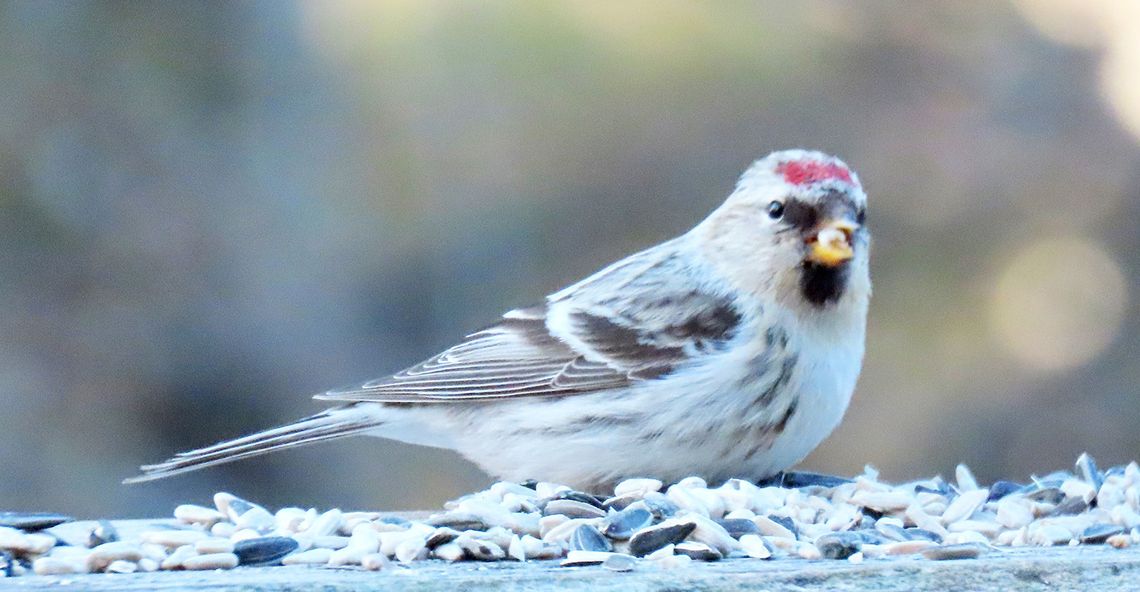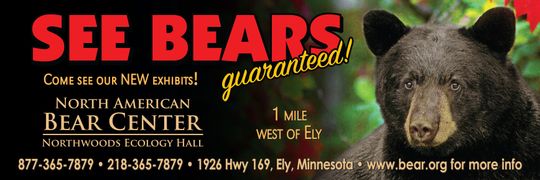Changes in the outdoor world around us occur with the last days of March just ahead. Each day large flocks of finches (pine siskins and redpolls) gather in the early morning and then drop down come down next to me as I spread the last of the broken sunflower seeds along the deck railing.
Some American Goldfinches, Purple Finches, House Finches, and Pine Siskins may stay and nest in Northeastern Minnesota, but each day Redpolls remain at the morning feeding may be their last before heading north for summer breeding in Canada.
Temperature, wind direction, storm and precipitation change and vary almost daily during this March to April crossover period. The changes recorded daily bring potential to notice the life cycles of the plants and animals around us. When and where will the last redpoll be reported? Is that last sign of winter here and when will its arrival where it breeds be one of the first signs of spring there.
The first trumpeter swan that I saw on Shagawa River was on Feb. 28. Now while rivers continue to open and lakes remain frozen, they continue to stage in greater numbers – 16-30-50 – and spread out to new open water feeding areas. Along with them, Canada geese common goldeneyes, and the first male hooded mergansers posture and prepare to move into courting, relocating and nesting modes.
Woodpeckers live around us throughout the year and visit our bird feeders in winter. Now they are drumming and engaging in pair bonding. At forested home on Little Long Lake a pair of pileated woodpeckers have located a potential nesting location in a large pine tree. Over the past two weeks, a nest cavity is under excavation and now the work has reached full body immersion into the hole. This will possibly result in a full spring and early summer opportunity to follow and record the activities of this nesting pair and their offspring.
Yesterday (March 26) “pussy toes” were noticed as the first flowering buds on willows have opened. Blackcapped chickadees are singing. If you have a subscription or track down the March-April 2025 issue of the Minnesota Conservation Volunteer you will see articles on Elk Range, Trails in the BWCAW, and 10 signs of spring.
If that doesn’t inspire you enough, download the Merlin app on your cell phone and it will help you listen and identify birds as their presence occurs. You may also want to go to journeynorth.com on the internet and follow reports, photos, and progress of spring migrations and events from south to north. Hummingbirds, redwinged blackbirds, monarchs, swallows, earthworms, etc. are observed by people like you and reported to create a shared knowledge of seasonal phenology.
Stay alert locally for announcements in this column and from the Ely Field Naturalists for opportunities to learn more about what the findings and activities in our area.
Last week, Ryan Miller and the Vermilion Wildlife and Forestry Club built nest boxes and helped install them for maintenance of the bluebird nesting trail at Darwin Myers DNR Wildlife Management Area in Embarrass.
Many other conservation projects are in the works around the region and coordinated by various groups and partnerships.


.jpg)










